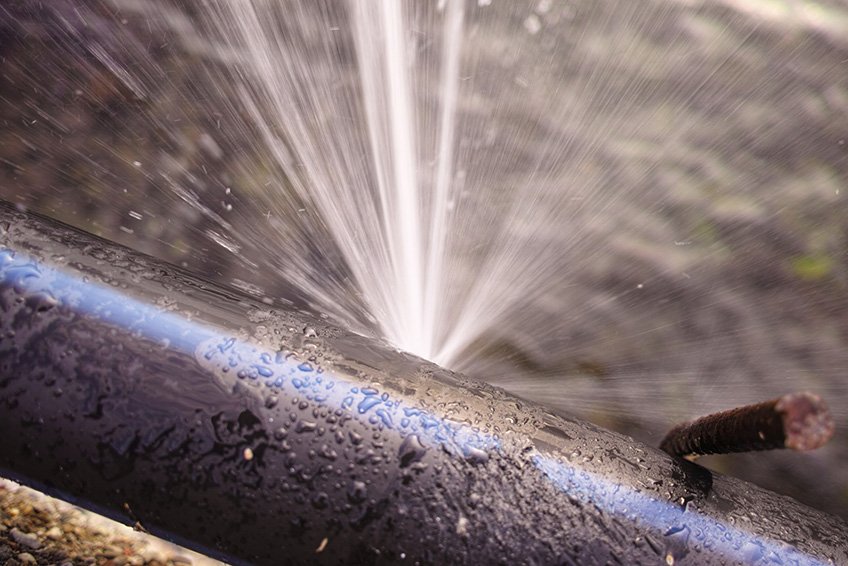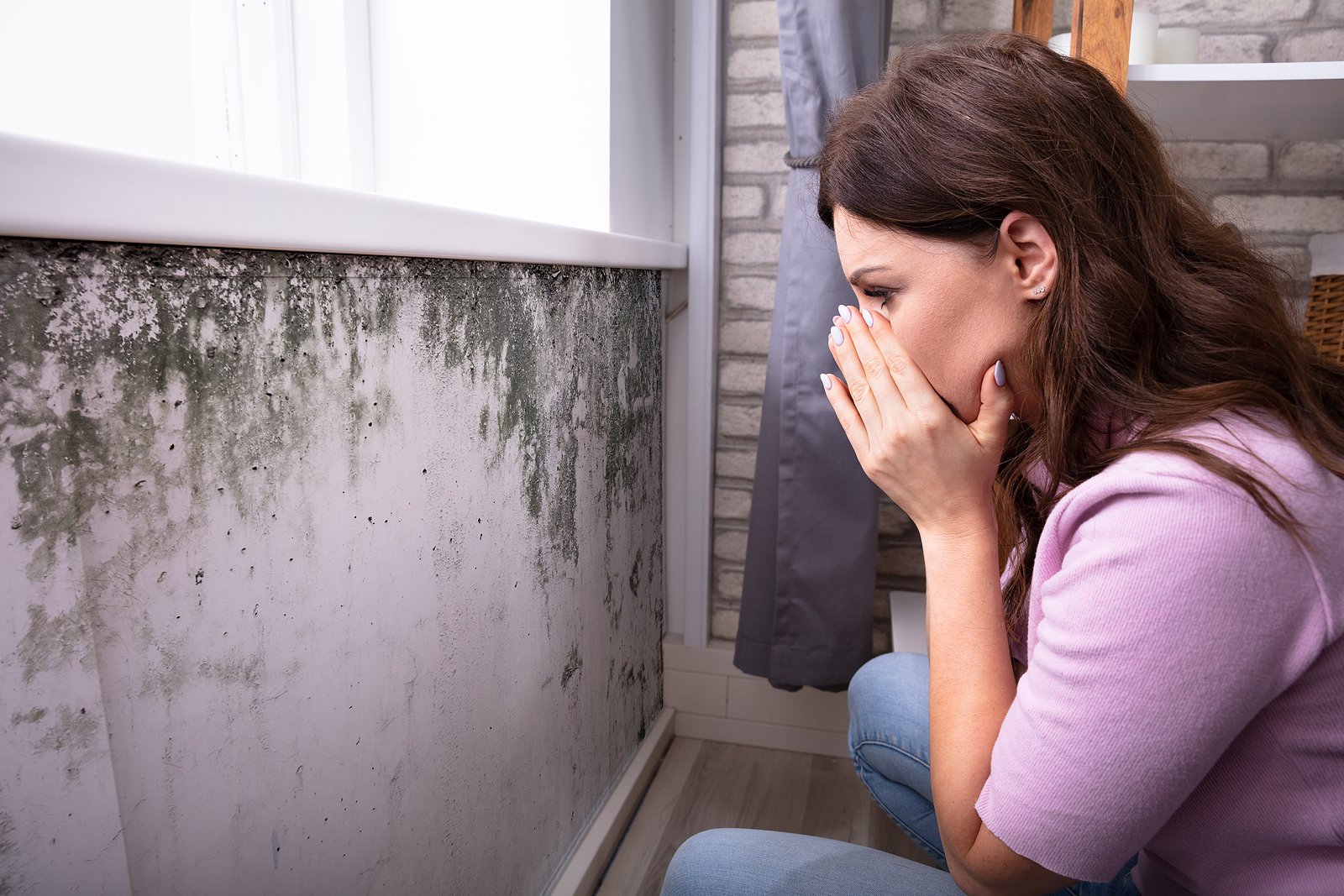24 / 7 Support
MA tel # 781-449-5552
RI tel # 401-530-6350
Puritan works with all leading Insurance Companies
Providing Water Damage & Fire Damage Restoration, Mold Removal & Remediation, COVID-19 Disinfecting, Reconstruction and Rebuild Services for Commercial and Residential Property Owners in the Norwood, MA area!



Full-Service Residential & Commercial Restoration
When an unexpected disaster strikes, call the experts at Puritan Restoration – the leader in restoration and repair in Massachusetts. Our mission is to ensure your fast return to a safe and clean environment whether it’s your home or workplace.
Be it fire, water, smoke, or mold, our team of experienced technicians will restore your space with speed, precision, and state-of-the-art equipment.
With over thirty-nine years of experience, we can handle any sized job, from city high-rises, universities, hotels, and commercial facilities to suburban basements.
We can help with:
- Flooding
- Broken pipes
- Water removal/structural drying
- Mold remediation
- Carpet and wall drying
- Insurance claims
- Infrared leak detection
- Fire damage
- Smoke and soot removal
- Rebuild services
- And more
We offer:
- 24/7 restoration and repair services.
- Advanced equipment to get the job done quickly and efficiently
- Trained, experienced crews with the tools to get your property back to its original state
Insurance Help
We are happy to provide free estimates and help with processing claims and paperwork.
Other Services
24-hour emergency response
Water extraction and removal
Residential and commercial services
Structural drying
Infrared leak detection
Direct insurance billing
Mold remediation
Reconstruction services
Contents cleaning

Testimonials
Contact us

